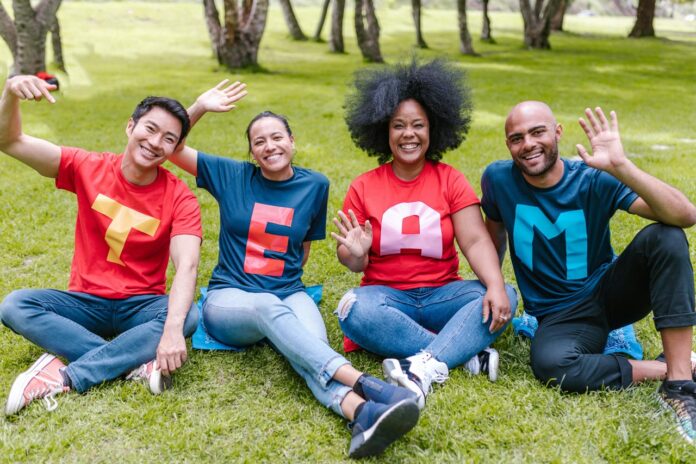Leadership institutes and intentional educational experiences can be some of the most impactful ways our institutions and organizations develop our students as sorority and fraternity members. Institutes provide a space for students to build critical thinking skills, build confidence, and create community among their peers. If you are developing new programs and revamping existing ones, the task can be a daunting one with many steps to consider on your journey to creating a great experience for participants.
Learning Outcomes
Learning outcomes can be some of the most challenging components to determine when you are developing a curriculum. Like any journey, there are many detours and distractions that can show up along the way. You might be sitting there thinking, “I really want to do this activity…” or you have an ideal space in your head where the program will occur. While there are many variables to consider, grounding your program in learning outcomes will assist in bringing other facets of the program together faster and rule out activities or discussions that won’t contribute to a program’s ultimate goal. Taking the time to develop good learning outcomes will also provide direction for assessment.
If you don’t find yourself developing learning outcomes, consider the ABCD method: Audience, Behavior, Conditions, and Degree[1]. Determine your audience: Emerging leaders? Returning leader? Chapter presidents? Etc. What behaviors are you looking to change and create for the participants? This could be them implementing a tool or even a change in mindset. The condition is the container for the learning, such as an institute or session. Finally, the degree or measurable standard is used to assess their learning. A third framework to consider if you are looking for a different approach is KSAs or knowledge, skills, abilities[2] and looking into or refreshing yourself on Bloom’s Taxonomy[3] if you are diving into learning outcome development and could use help with language choice as you build them.
Learning Environments
So where is the learning happening? This will look different for different participants. There will be many different types of learners that will interact with your programs. While mapping out your curriculum, integrate a variety of activities for visual, auditory, reading/writing, and kinesthetic learning styles. By switching up your learning modalities, you also keep your institute interesting and it can keep participants active over periods of time. There is always the chance a few participants might not grasp a concept completely. A great tool to make sure everyone has caught up is to build in peer-to-peer learning moments. This inclusive teaching practice can look like some work in pairs or small groups. The dialogue that occurs in these discussions can allow an opportunity for students to ask questions and assist each other at this point in the program.
Problems and Solutions (not prescribing solutions)
Our approach to problem-solving with students has been to adopt a “coach” mentality, having the students practice identifying problems, deciding their importance, and implementing solutions. In Buckeye Greek Leadership Institute (BGLI), we’ve seen this work well during week two, where each student identifies “problems” within their organization. At first, they will offer a problem like “our house is always dirty,” or one person shares their “seniors just don’t care anymore” (this is then a problem many identify as the problem they want to address). As the students identify problems, they are asked to look at the system that involves the problem they’ve identified initially using Karl Popper’s clocks and clouds metaphor. By applying systems-thinking early on, they can start to think a bit more strategically. This is when they begin to identify there are problems that feel big but might not require immediate or immense energy to solve them at this moment, or vice versa. This then allows them to think about the steps involved. With coaching from the facilitator, the students are able to reflect on what type of problem they want to solve. Rarely does a student end up choosing something superfluous; rather, we have found they lean into figuring out how they might come up with solutions. The students are then able to have honest conversations in small groups with each other, affirming what they’ve identified – even if they’ve been asked to think a bit deeper about a problem. In this setting, the problems we are talking about are often broad or thematic, which allows us to operate from a coaching perspective, as it is important to be mindful of reporting responsibilities. By not prescribing solutions, we have found our students are eager to be a part of a solution. They are then more invested in learning tools or building skills to help them create change.
While this process is specific to BGLI, we have also used this approach in conversations related to goal setting with chapter leadership. The difference and distinction is chapter leadership has a responsibility related to their role. Some of our student leaders flourish with the responsibility of a title and others may freeze and even become a barrier to solutions. In these situations, we try to emphasize the collective rather than the individual. We will also workshop a problem as a larger collective. This way, our students start to see how these tools can be used in multiple settings, even offering personal examples. We use this approach in two of our other institutes: New Member Educator Institute (launched this Spring) and our Harm Reduction Institute (launched Fall 2022) as another way to maximize our time with the students.
Creating and Sustaining Change-Tools/Skill Building
During the Harm Reduction Institute, the students work together as a chapter to come up with action items/steps using Lewin’s equation or the Three Es of Prevention: Expectations, Education, and Enforcement. Lori Hart, with Holmes Murphy Fraternal Practice and The Catalyst Agency, was able to introduce these tools to our community in the Fall of 2021, and we have been able to integrate them throughout prevention and leadership development programs. Students can now assess their problem or challenge and determine if they need to adjust their environment or identify if they have a gap within their three Es. As students work through these tools in our institutes, our learning goal involves the student’s ability to demonstrate critical thinking skills and how they model these skills throughout their various leadership roles. We have also noticed students initially favor one approach, trying to apply it to every problem as they find confidence in using the tool. However, we workshop a few tools to remind them they can add in other tools, or they identify they have been using one tool partially and adjust.
Assessment After Action Review
Assessment has been an important part of our process. Feedback is an important part of understanding the students’ experience and meeting some of the basic learning outcomes. We are fortunate enough to have a department in Student Life that assists us with making assessment tools, creating good questions within those tools, and processing data while keeping students’ individual responses anonymous. For those without this resource, leaning on the learning outcomes at first might prove to be the most effective use of measurement.
However, assessment data can only provide so much. For a curriculum that has been around for a number of semesters, it is important updates and changes are made as campus cultures change and evolve with our students. Our team was connected to a resource highlighting a process called After-Action Review (AAR) we saw in the RISE Partnerships weekly newsletter, the Horizon[4]. AAR has provided us with a framework deep dive into evaluating all aspects of the program and creating the next steps and action items. This process does not critique the current initiatives by judging the successes and failures but interrogates what actually happened during the program. With a large community, we have many facilitators who have different experiences with our programs. This allowed us to focus on what was accomplished and identify gaps in the curriculum or the facilitator guide that needed to be updated.
One Size Fits All – adaptations
Many of our programs have started with staff serving as facilitators. As the programs have grown and students have become excited, we have had growing interest from students to become peer facilitators after they have completed the program. The peer facilitation team is representative of all four councils in the Sorority and Fraternity community. While our current BGLI program is designed to include all of our councils over the course of five weeks, we have had members of our NPHC community who have participated in the program ask for a condensed one-day version to collectively develop their council’s leadership together and work through community areas of growth. This request is also supported by data that shows over the years, many of our NPHC participants of BGLI have all served as council or chapter leadership.
Key Take Aways
As we get ready to plan our next programs, we are reminded of a few key takeaways that will hopefully help folks who are just starting or looking for inspiration to reimagine what offerings you have.
- Invest time early in developing learning outcomes. Early planning will allow you to save yourself time and energy later. Clear outcomes aligned to larger initiatives may also allow you to advocate for additional resources or, at minimum, maximize the resources available.
- Be willing to adjust and adapt over time. Our planning process is iterative and we have found that focusing on strengthening the components of our programs allows us to respond to feedback in a manageable way.
- Provide tools that will help build skills and change behaviors. Our students are eager for tools, and by providing opportunities for practice, they can build necessary skills. Having a couple of tools used often allows for flexibility in approach while still allowing folks to have shared language in the varied approach.
- Investigate what is occurring during the program. Do your best to be aware of the reality in front of you and not what you think should be happening.
- There is always an opportunity to elevate your programs. Even the most successful programs will have areas of growth and will change over time. This is also true if components of your program are not as successful.
About the authors
Will Cangialosi (He/Him) currently serves as the Assistant Director for Chapter Services in the department of Sorority and Fraternity Life at The Ohio State University. In this role, he has worked on leadership development and prevention initiatives. Will is a two-time alumni of SUNY Plattsburgh, where he became a member of Alpha Sigma Phi and received his Bachelor’s in Chemistry and his Master’s in Student Affairs and Higher Education and Counseling. Will is a national volunteer for Sigma Sigma Sigma Sorority and has served on the AFA Graduate Student Experience Committee since 2018.
Cristina “Vega” Vega (she/her/ella) is a New Englander turned Floridian who now lives in the Midwest. Vega is passionate about building community and creating space for folks to show up authentically. She serves as the Associate Director for Chapter Services in the department of Sorority and Fraternity Life at The Ohio State University. Vega earned her Bachelor’s in Communication with a minor in Management at Florida Gulf Coast University where she joined Chi Omega. She then earned her Master’s in Higher Education and Student Affairs Administration from the University of Vermont. Vega is also a proud team member for Social Responsibility Speaks.
[1] A.B.C.D. Structure of Learning Outcomes https://www.naspa.org/files/dmfile/Writing-Learning-Outcomes-Worksheet.pdf
[2] KSAs – https://www.indstate.edu/business/sites/business.indstate.edu/files/Docs/What-are-KSAs.pdf
[3] Bloom’s Taxonomy https://fctl.ucf.edu/teaching-resources/course-design/blooms-taxonomy/#:~:text=Bloom’s%20taxonomy%20was%20developed%20to,a%20variety%20of%20cognitive%20levels.
[4] The Horizon Newsletter from RISE Partnerships https://imynv-zgfl.maillist-manage.com/ua/Optin?od=11287ecbec0e51&zx=12e5b7bd9&tD=1d1f9691dd672411&sD=1d1f9691dd6c96ac


